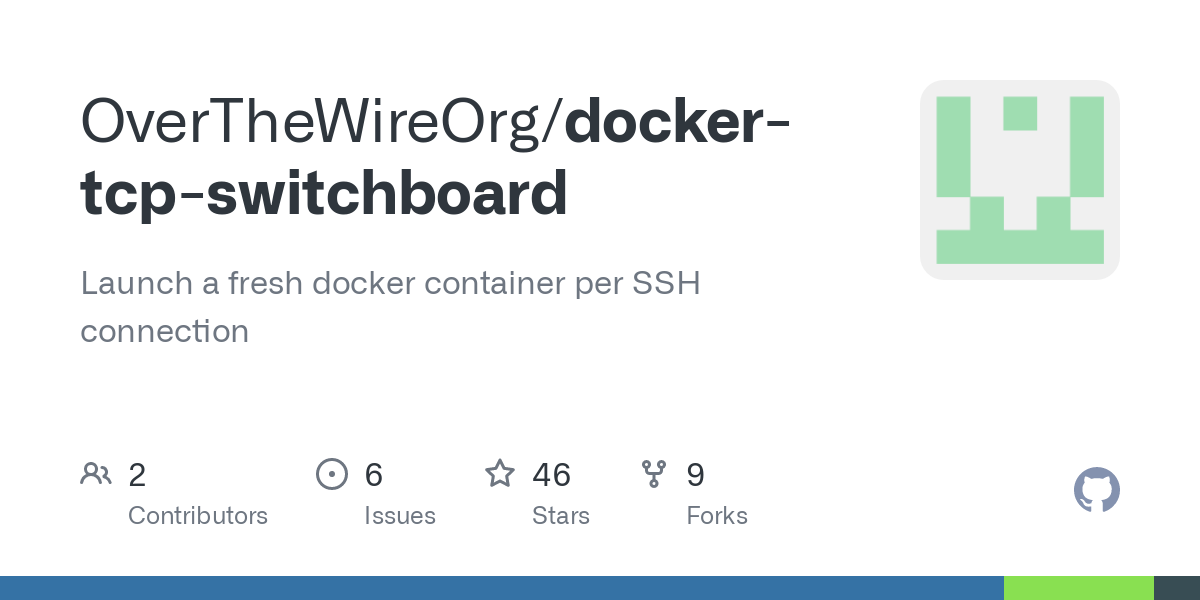

There’s also the needy users that create tickets for every prompt, dialog, message, delay… Pretty much anything that could happen at all ever, whether it affects their ability to do their work or not.‘’
This could be weaponized incompetence. “Oh I keep having issues with my computer that interfere with my work, so I can’t work and IT is incompetent and can’t help me, look at all these tickets and how long IT takes. I just can’t get any work done!”









Fun fact: you don’t need to add the nixpkgs channel for the determinate systems installer, even when using channel commands or other things since it adds an option to your nix.conf to reference the nix flake for nixpkgs.
I don’t know how to update this flake though.